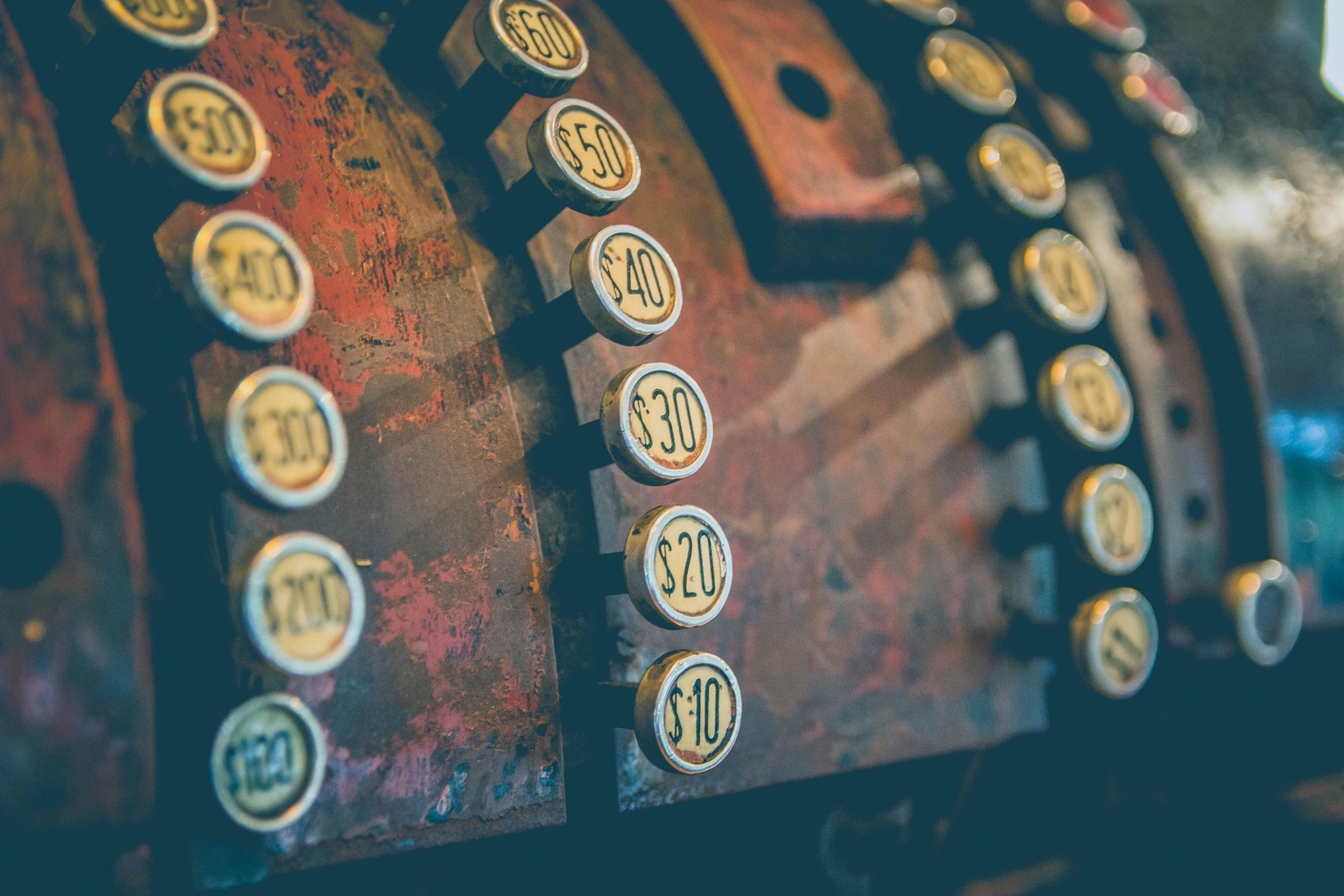What Are the Best Practices for Designing Cardboard Boxes for Tea Packaging?
Introduction to the importance of packaging in the tea industry
When it comes to the tea industry, packaging plays a vital role that goes far beyond mere aesthetics. Cardboard box tea packaging not only protects the delicate leaves within but also serves as a powerful marketing tool. The right design can attract customers, convey brand values, and enhance their overall experience with your product. In an increasingly competitive market, investing time and effort into optimizing your packaging is essential for standing out on the shelf.
So what makes cardboard boxes such an effective choice for tea? From sustainability to branding potential, there are numerous factors to consider when designing that perfect package for your aromatic blends. Let’s explore these best practices together so you can craft stunning tea packaging that resonates with consumers and elevates your brand’s presence in this bustling marketplace.
Factors to consider when designing cardboard boxes for tea packaging
Designing cardboard boxes for tea packaging involves several crucial factors. Consider the size and shape of the box. The dimensions should accommodate various tea types, from loose leaves to bags, ensuring that they are well-protected.
Material choice is another key element. Opt for sustainable materials that reflect a commitment to environmental responsibility. This can enhance brand value while appealing to eco-conscious consumers.
Incorporating design and branding elements will also set Cardboard box tea packaging your product apart on crowded shelves. Use colors and graphics that resonate with your target audience while conveying the essence of your tea blends.
Functionality cannot be overlooked. Easy-to-open designs or resealable options add convenience for customers, making their experience memorable and enjoyable.
A. Size and shape of the box
The size and shape of your cardboard box tea packaging play a crucial role in attracting consumers. A well-designed package stands out on shelves, inviting customers to explore.
Consider the dimensions carefully. Too large can lead to wasted space; too small may compromise the product’s integrity. Aim for a snug fit that protects the tea while being visually appealing.
Shapes also matter. Unique silhouettes or innovative folds can set your brand apart from competitors. Think creatively—perhaps a hexagon or an elegant cylindrical design could catch potential buyers’ eyes.
Remember practical aspects as well. The chosen size should facilitate easy stacking and storage, both for retailers and consumers at home. Efficiency in shipping can also lower costs, maximizing profits without sacrificing aesthetic appeal.
Striking the right balance between functionality and visual allure is key when determining box size and shape.
B. Material and sustainability
When it comes to cardboard box tea packaging, the choice of material is crucial. Consumers today are increasingly eco-conscious and seek products that reflect their values. Using sustainable materials not only meets this demand but also enhances your brand image.
Opt for recycled or FSC-certified cardboard to show commitment to environmental responsibility. These materials reduce waste and support forest conservation efforts.
Additionally, consider biodegradable inks and adhesives in your design process. This ensures every element of your packaging aligns with sustainability goals.
Moreover, lightweight designs can minimize transportation emissions, making a positive impact on the environment while cutting costs.
By prioritizing sustainable practices in your cardboard box tea packaging, you create a product that resonates with consumers who care about more than just taste; they value ethical choices too.
C. Design and branding
Design and branding are vital elements in cardboard box tea packaging. The visual custom Cardboard box tea packaging appeal of the package can captivate potential customers in a crowded market.
A well-thought-out design tells a story about the brand’s values and heritage. Colors, fonts, and imagery should resonate with the target audience, creating an emotional connection.
Brand consistency across all packaging is key. When consumers recognize your boxes on shelves or online, it fosters trust and loyalty.
Consider incorporating unique shapes or features that stand out while still being functional. An innovative design can make your product memorable.
Packaging also serves as a canvas for communicating quality ingredients or health benefits. Clear messaging enhances customer experience and influences purchasing decisions effectively.
The role of functionality in tea packaging
Functionality is a cornerstone of effective tea packaging. It goes beyond aesthetics, ensuring that the product remains fresh and flavorful until it’s time for consumption.
Consider how easy it is to open the box without tearing or damaging it. A well-designed package simplifies user experience while maintaining integrity.
Moreover, packaging should protect against moisture and light, both of which can ruin delicate flavors. Adequate sealing methods play a critical role in preserving quality.
Additionally, functionality also involves convenience for consumers. Boxes that are stackable or designed for easy storage appeal to modern shoppers who value organization in their kitchen spaces.
The right cardboard box design enhances usability, making every aspect from opening to brewing seamless and enjoyable—a key factor in customer satisfaction.
Examples of successful tea packaging designs using cardboard boxes
Successful tea packaging often tells a story. One standout example is Harney & Sons, which uses elegant designs that reflect the flavors within each blend. Their cardboard boxes feature intricate patterns and warm colors that draw customers in.
Another impressive design comes from Numi Organic Tea. Their use of recycled materials showcases their commitment to sustainability while maintaining a chic aesthetic. The earthy tones combined with clear labeling make it easy for consumers to find what they want.
Teavana also excels in this area. Their bold, vibrant graphics on sturdy cardboard boxes not only attract attention but also communicate the exotic nature of their teas. Each box provides tactile pleasure, enhancing the overall experience before even opening it.
These brands demonstrate how effective cardboard box tea packaging can elevate perception and drive sales through thoughtful design choices.
How to create an eye-catching and informative label for tea boxes
An eye-catching label can make all the difference in tea packaging. Start by choosing a striking color palette that reflects your brand and the essence of the tea inside. Colors evoke emotions, setting the mood for what customers can expect.
Next, incorporate vivid imagery or illustrations related to your product. This could be botanical drawings or images of tea leaves. Visual elements should resonate with potential buyers while enhancing their understanding of flavor profiles.
Typography plays a crucial role as well. Opt for fonts that are legible yet stylish, ensuring key information stands out without overwhelming the design. Highlight essential details like flavor notes and brewing instructions prominently.
Consider adding eco-friendly symbols if applicable. Sustainability is increasingly important to consumers and showcases your commitment to responsible sourcing and production practices.
Tips for cost-effective and efficient production of tea boxes
When it comes to the production of cardboard box tea packaging, cost-effectiveness and efficiency are essential elements that can significantly impact your business. Here are some tips to help you streamline your processes without compromising quality.
First, consider bulk purchasing materials. Buying in larger quantities often leads to reduced costs per unit. Look for suppliers who offer discounts for bulk orders or explore local options to save on shipping fees.
Next, invest in efficient design software for creating prototypes. This allows for quick adjustments and ensures that designs are optimized before moving into mass production. Digital tools can also facilitate better communication with manufacturers.
Additionally, always prioritize sustainable practices when sourcing raw materials. Eco-friendly options not only appeal to environmentally conscious consumers but often come at competitive prices due to growing availability.
Streamlining your production process is another way to cut costs while maintaining high-quality standards. Implementing just-in-time manufacturing techniques can minimize waste and reduce inventory holding costs.
Don’t overlook the importance of a skilled workforce. Training employees on best practices in handling machinery and packaging will result in fewer errors and increased output over time.
By focusing on these strategies, you can achieve an effective balance between cost control and quality assurance in your cardboard box tea packaging endeavors.

